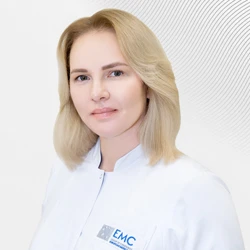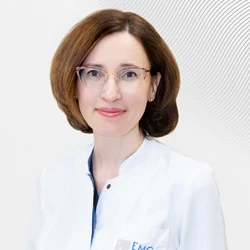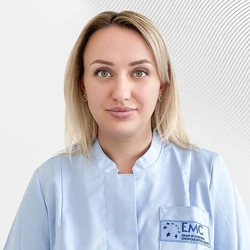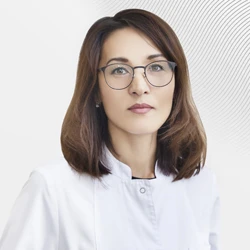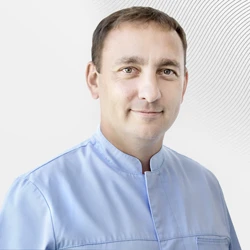Treatment of otitis media
Narrated by Anna Makhova,
otorhinolaryngologist, doctor of the highest category
Otitis media is an inflammatory process that occurs in the middle ear, behind the eardrum. Liquid accumulates in the tympanic cavity. This is the so-called initial otitis media, which can later turn into purulent otitis media. Pus can escape through the eardrum, and the next stage of the disease will develop.
Serous otitis media is one of the most common ENT pathologies in children. It most often occurs in preschool age – up to 6-7 years.
Causes of the disease
The main cause of the development of otitis media is a runny nose, which can be associated with both the presence of a viral infection and adenoids (in children). Since the organs of hearing are directly connected to the nasopharynx, the eustachian tube (which connects the middle ear cavity with the pharynx) may overflow with mucous secretions and cease to perform its functions. In this case, the fluid accumulates in the middle ear cavity, cannot escape naturally and becomes the cause of inflammation.
Another reason is the pathology of the eustachian tube itself. Violations of the passage of air in the Eustachian tube are often accompanied by the development and reproduction of pathogenic microflora.
Signs of serous otitis media
Ear congestion or pain.
Otitis media in children develops quite acutely and quickly. This usually happens at night, the child cries, points to a sore ear. Such symptoms are a reason to immediately consult a pediatrician or an otorhinolaryngologist.
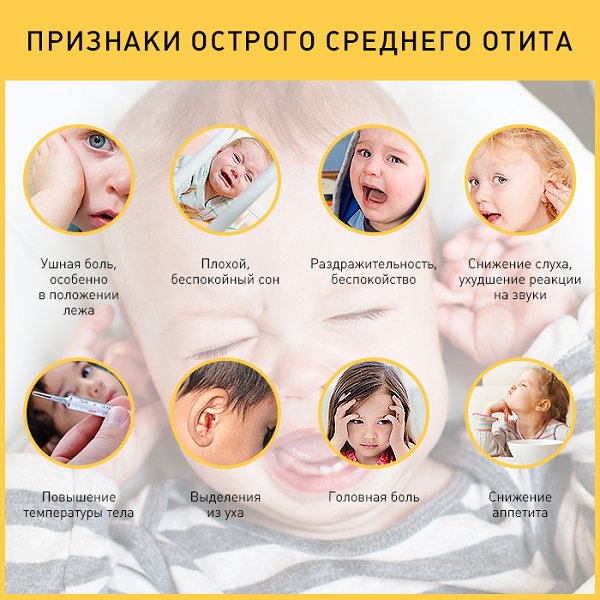
Is it possible to start using ear drops on your own?
If the child has an earache and nothing flows out of it, drops with analgesic and anesthetic action can be applied. But it is better to show the child to the doctor as soon as possible. If necessary, you can give painkillers – Ibuprofen or Paracetamol.
What not to do with otitis media
In case of serous otitis media, it is forbidden to warm the ear (with blue lamps, boiled eggs, etc.), to make compresses. Warming up can be effective only at the initial stage, up to 1 day, but it is extremely rare to "catch" this stage.
What happens with otitis media: stages of the disease
-
The initial stage. It is not accompanied by symptoms. The patency of the auditory (Eustachian) tube is impaired. In children, it is asymptomatic, and the second stage, acute pain, is immediately diagnosed.
-
The second stage. After 4-7 days. There is congestion in the ear, pain.
-
The third stage. Fluid appears behind the eardrum. It begins to put more pressure on the membrane and cause more pronounced pain.
-
The fourth stage. If treatment is not prescribed, the fluid may turn into pus, which has a more pronounced inflammatory effect. Intracranial complications such as meningitis and brain abscess sometimes occur in children.
Diagnostics
A general practitioner, pediatrician, or otorhinolaryngologist can diagnose otitis media during an otoscopy examination.
ENT doctors perform tympanometry, a measurement of pressure behind the eardrum. The patient hears a sound in his ear, and the doctor receives information about the presence of fluid in the middle ear cavity and its nature. This study is most often used in children. In adults, fluid is often visible on visual inspection.
Treatment of otitis media in children and adults
 In children, the development of the disease proceeds very quickly, therefore, if a child experiences pain in the ear, it is imperative to immediately show it to a pediatrician or an otorhinolaryngologist.
In children, the development of the disease proceeds very quickly, therefore, if a child experiences pain in the ear, it is imperative to immediately show it to a pediatrician or an otorhinolaryngologist.
Children under 1 year of age with otitis media must be prescribed antibacterial therapy (antibiotics), regardless of whether there is intoxication, fever, or abnormalities in the clinical blood test. This is due to the peculiarities of the child's anatomy, the rate of the inflammatory process, which can go into another stage within an hour.
Otitis media in adults does not always require antibiotic therapy. Serous (catarrhal) otitis media in adults can be cured with ear and nasal drops. During the period of the disease, flights are not recommended due to pressure fluctuations, which can negatively affect the condition of the eardrum.
Depending on the stage of otitis media and the age of the patient, treatment can be conservative (medical) and surgical.
Medical treatment includes:
-
nasopharyngeal treatment to relieve ear tube swelling;
-
sometimes local drops are prescribed in the ear;
-
if antibacterial therapy is prescribed, ear drops are usually no longer necessary;
-
you can add exercises for the auditory tube, chewing gum, blowing, etc.
If the effectiveness of conservative treatment is absent in the child, namely, intoxication persists, pain remains, fluid remains in the ear, surgical treatment is used.
In children, we can observe the presence of fluid and treat it conservatively for 1-1.5 months. During this time, the liquid will not thicken and will not interfere with the movement of the auditory ossicles that are in the ear.
The operation consists of piercing the eardrum under a microscope and installing a drainage shunt, a tube. They are silicone and allow for the outflow of fluid from the middle ear. The essence of the treatment is that air appears in the ear cavity, and the child does not have hearing loss. The tubes are in the ear for different periods of time – from one month to a year, and even longer. Sometimes they fall out on their own when the inflammation goes away and ear function is restored. Or we take them out after a while on our own.
Prevention
To prevent the appearance of otitis media, you need to pay more attention to the nose. If an adult can talk in detail about their complaints – nasal congestion, problems with blowing their nose, then the child does not always succeed. Do not rinse children's nose under pressure, use saline solution to rinse and moisten. Children must be taught to blow their noses, and use aspirators less.
Why the EMC
The first and only clinic in Russia, created in the image of the world's leading clinics
EMC is a multidisciplinary center offering patients a high level of medical services and a personalized approach
Worldwide recognition and awards
 Learn more
Learn more
Worldwide recognition and awards
 Certificates and licenses
Certificates and licenses
Make an appointment for a consultation
Specify your contacts and we will contact you to clarify the details
Reviews
and new products of the EMC


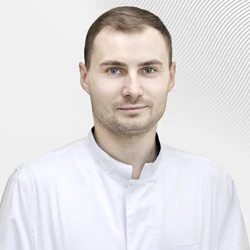
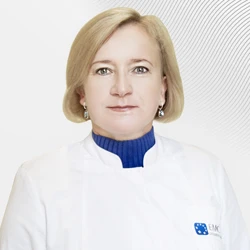
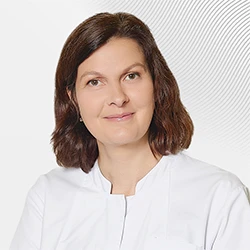
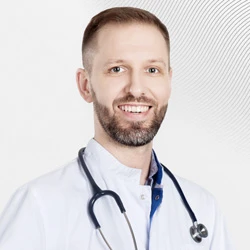
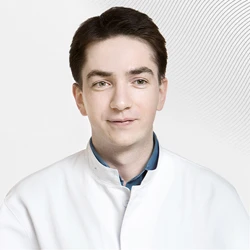
.webp)
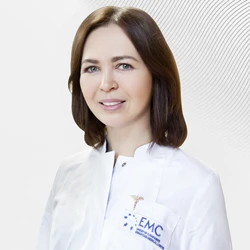
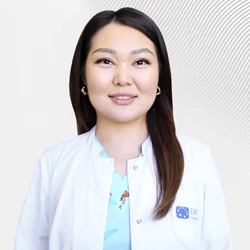
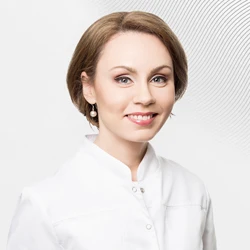

.webp)
